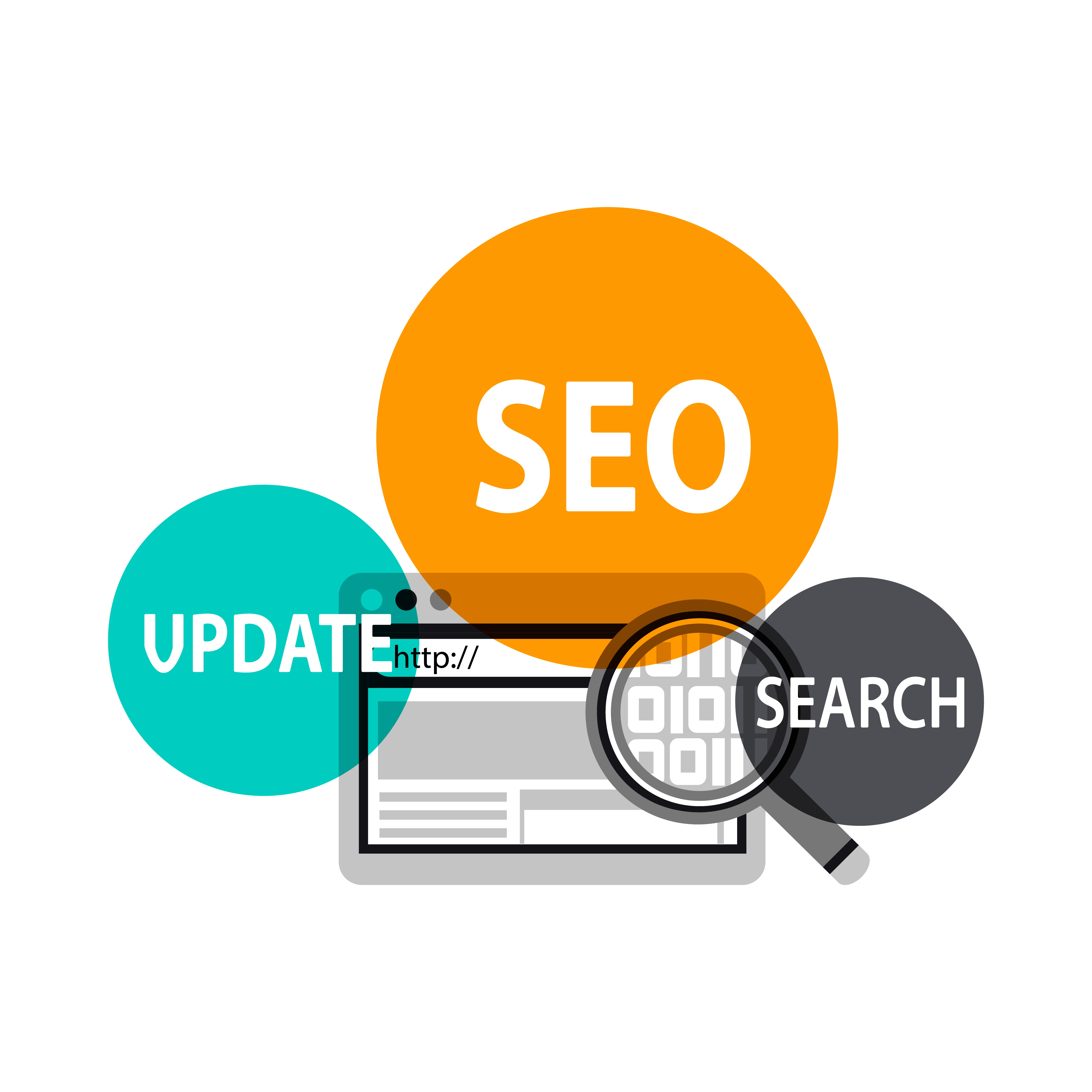In the ever-evolving world of search engine optimization (SEO), staying updated with the latest changes from Google is crucial for maintaining and improving your website’s search rankings. On August 10, 2024, Google rolled out a significant update to its search algorithm, which has sparked discussions and adjustments across the digital marketing landscape. This update, which Google has dubbed the “User-Centric Experience Update,” focuses on enhancing user experience (UX) as a critical factor in determining search rankings.
In this blog, we’ll explore the key aspects of Google’s latest SEO update, its implications for website owners and marketers, and actionable strategies to align with the new algorithm.
Overview of the August 2024 SEO Update
Google’s User-Centric Experience Update marks a shift towards prioritizing websites that offer an exceptional user experience. This update builds on Google’s ongoing efforts to make the web more user-friendly, secure, and accessible. Key areas of focus include page speed, mobile usability, content relevance, and overall site usability.
Key Announcements:
- Increased Emphasis on User Experience (UX): Google has long advocated for a user-first approach, but this update takes it further by significantly impacting rankings based on UX factors.
- Core Web Vitals Enhancement: Core Web Vitals, introduced in 2021, are now even more crucial. Google has refined these metrics to better assess how users experience a web page.
- Content Quality and Relevance: Content that meets user intent and provides a high level of expertise, authoritativeness, and trustworthiness (E-A-T) will continue to rank well, but with even greater emphasis.
- Security and Accessibility: Websites that ensure secure browsing through HTTPS and offer accessible content to all users, including those with disabilities, are rewarded.
Core Web Vitals: The Heart of UX Optimization
Core Web Vitals have been a ranking factor since June 2021, but the August 2024 update places even greater importance on these metrics. Core Web Vitals measure key aspects of user experience, focusing on three primary areas:
- Largest Contentful Paint (LCP)
- Definition: LCP measures the time it takes for the largest content element (e.g., images, videos, or text blocks) on a web page to become visible within the viewport.
- Ideal Performance: For a good user experience, LCP should occur within 2.5 seconds of when the page first starts loading.
- Update Impact: Pages with LCP exceeding 2.5 seconds are likely to see a decline in rankings. Google now prioritizes faster-loading sites, particularly on mobile devices.
- First Input Delay (FID)
- Definition: FID gauges the time from when a user first interacts with your site (e.g., clicks a link, taps a button) to the time the browser responds to that interaction.
- Ideal Performance: A good FID score is less than 100 milliseconds.
- Update Impact: Websites with poor interactivity are penalized, emphasizing the need for responsive design and efficient coding practices.
- Cumulative Layout Shift (CLS)
- Definition: CLS measures the visual stability of a page by assessing how much content shifts as the page loads.
- Ideal Performance: A good CLS score is less than 0.1.
- Update Impact: Sites with content that shifts unexpectedly (e.g., due to late-loading ads or images) are likely to experience ranking drops. Google is now stricter on penalizing sites that disrupt the user’s reading experience.
Content Quality: Evolving Standards of Relevance and Authority
Content quality remains at the forefront of SEO, but Google’s update in August 2024 introduces new criteria for assessing the relevance and authority of content. This evolution is closely tied to Google’s ongoing efforts to fight misinformation and improve the overall quality of search results.
- User Intent Matching
- Enhanced Understanding: Google has improved its Natural Language Processing (NLP) algorithms, allowing it to better understand and match user intent with the content provided.
- Content Optimization: Websites must ensure that their content directly addresses the specific needs and questions of their audience. Generic or keyword-stuffed content is more likely to be penalized.
- Expertise, Authoritativeness, Trustworthiness (E-A-T)
- Increased Weight: E-A-T continues to be a major ranking factor, especially in YMYL (Your Money, Your Life) niches like health, finance, and legal advice.
- Actionable Insight: Content creators should ensure that their content is authored by recognized experts, regularly updated, and backed by credible sources. Author bios, citations, and references are increasingly important.
- Freshness and Relevance
- Content Update Frequency: Google’s update places a higher emphasis on the freshness of content, particularly in rapidly changing fields like technology and finance.
- Dynamic Content: Regularly updating existing content, rather than constantly creating new pages, can help maintain relevance and improve rankings.
Mobile Usability: Reinforced Importance
With mobile traffic consistently surpassing desktop, Google’s August 2024 update reinforces the importance of mobile usability. The update introduces new tools and metrics to help webmasters optimize their sites for mobile devices.
- Mobile-First Indexing
- Full Rollout: Google now uses mobile-first indexing for all websites, meaning the mobile version of your site is the primary reference point for ranking.
- Site Responsiveness: Sites must be fully responsive, with content and features optimized for mobile screens. Non-mobile-friendly sites will see a significant drop in rankings.
- Mobile-Friendly Content
- Simplified Design: Google emphasizes the importance of a clean, simple design that works well on small screens. Overly complex layouts or excessive ads that hinder mobile usability are penalized.
- Touchscreen Interactivity: Elements like buttons and links must be easily clickable on mobile devices. Google now measures the ease with which users can navigate your site on a touchscreen.
Security and Accessibility: Non-Negotiable Essentials
Google has always prioritized secure browsing, but the August 2024 update takes this a step further by integrating accessibility more deeply into its ranking criteria.
- HTTPS as a Standard
- Mandatory HTTPS: Sites that don’t use HTTPS are now explicitly flagged in search results as “Not Secure,” which can deter users and negatively impact rankings.
- Security Certificates: Regularly update your SSL/TLS certificates to ensure ongoing compliance and avoid security warnings.
- Accessibility Standards
- Wider Implementation: Google has integrated accessibility checks more comprehensively into its algorithm. Sites that fail to meet accessibility standards (e.g., text readability, alternative text for images, and keyboard navigation) may face ranking penalties.
- User Inclusivity: Ensure your website is accessible to all users, including those with disabilities, by following the Web Content Accessibility Guidelines (WCAG). This not only improves your SEO but also broadens your audience reach.
AI-Powered Insights: The Role of Machine Learning in SEO
As part of the August 2024 update, Google has enhanced its AI-driven tools, making machine learning an even more integral part of its search algorithms. These tools are designed to better understand content, context, and user behavior, allowing for more accurate and personalized search results.
- BERT and MUM Updates
- Advanced NLP: Google has refined its BERT (Bidirectional Encoder Representations from Transformers) and MUM (Multitask Unified Model) models, which help the search engine understand complex queries and deliver more nuanced search results.
- Content Implications: Your content must be clear, concise, and contextually rich to align with these AI models. Focus on answering complex questions in a way that’s easy for both users and search engines to understand.
- AI-Driven Content Recommendations
- Search Personalization: Google’s AI now better predicts user preferences, making it crucial to create content that meets specific user needs. Personalized content recommendations within search results mean that understanding your audience’s behavior is more important than ever.
- Semantic Search: The update also improves Google’s ability to understand the intent behind queries, not just the keywords. Websites that provide comprehensive, contextually relevant content will perform better.
Preparing for the Future: What This Update Means for Your SEO Strategy
The August 2024 update is a clear indication that Google’s focus is increasingly on user experience, content quality, and accessibility. As these factors become more intertwined with SEO, it’s essential to adapt your strategies to stay competitive.
- Focus on Holistic User Experience
- Beyond Keywords: While keyword optimization remains important, your primary focus should be on creating a seamless, enjoyable user experience. This includes fast load times, intuitive navigation, and high-quality, relevant content.
- Ongoing Testing: Regularly test your website’s performance using Google’s tools like PageSpeed Insights, Mobile-Friendly Test, and Lighthouse. Continuous optimization is key to maintaining strong rankings.
- Content Strategy Evolution
- Expert-Driven Content: Collaborate with industry experts to produce content that not only ranks well but also builds trust with your audience. Regularly update content to ensure it remains relevant and accurate.
- User-Centric Content: Shift your content strategy towards answering specific user queries and solving problems. Engage with your audience through comments, surveys, and feedback to continually refine your content.
- Investment in Accessibility
- Audit for Accessibility: Conduct a thorough accessibility audit of your site, ensuring compliance with WCAG standards. Make necessary adjustments to cater to all users.
- Long-Term Benefits: Not only will accessibility improvements help with SEO, but they will also enhance your brand’s reputation and reach a wider audience.
Conclusion

Google’s August 2024 User-Centric Experience Update is a significant step towards making the web a more user-friendly, secure, and accessible place. By emphasizing user experience, content quality, and accessibility, Google is pushing website owners to prioritize the needs of their users.
To thrive under this new algorithm, businesses and marketers must focus on creating high-quality content that meets user intent, optimizing for mobile and page speed, and ensuring that their sites are secure and accessible to all. By aligning with these principles, you can not only maintain but improve your search rankings, driving more organic traffic and achieving sustained success in the competitive world of SEO.

